Many people consider the Avengers as Marvel Comics’ version of rival DC’s classic Justice League, but in actuality writer Roy Thomas created a villainous pastiche of the DC team in the late 1960s. Dubbed the Squadron Sinister, each member basically represented the Justice League’s heavy hitters: Hyperion (Superman), the Whizzer (Flash), Dr. Spectrum (Green Lantern), and Nighthawk (Batman).
The Squadron Sinister was a creation of the mega-powerful Grandmaster who had challenged frequent Avengers villain Kang the Conqueror to a contest — his super-team against Kang’s (Avengers #69). Oddly enough, this contest first introduced readers to a team which soon got its own magazine — the Invaders, the World War II-era super-team (Avengers #71).

Apparently Roy so liked the idea of the Squadron that he made a “hero” version of it just a few Avengers issues later, an alternate Earth’s Squadron Supreme which several of Earth’s Mightiest encounter after their inter-dimensional journey back to our Earth gets sidetracked. In Avengers #85-86 the Scarlet Witch, Quicksilver, Goliath II (Hawkeye), and the Vision first take on Squadron members Nighthawk, Tom Thumb, American Eagle, and Hawkeye (soon after the Golden Archer) after believing they’ve arrived at Avengers Mansion.

After the misunderstanding is settled, the Avengers explain that they first — briefly — arrived on the Squadron’s world a few days in the future and witnessed the planet being destroyed via the sun going nova. Both teams have to convince Hyperion, Dr. Spectrum, and the Whizzer not to launch the rocket that will cause the disaster, created by the outcast genius youth known as Brain Child.
The Avengers next encounter the Squadron in the ultra-classic Avengers #141 (so described due to the cover, which became the iconic image of Trapper Keepers and other school paraphernalia of the time), the latter now working for their world’s Serpent Crown-controlled autocratic government. As the Crown’s intelligence wants to expand its control to our Earth, its lackey here uses the Squadron to protect its interests.
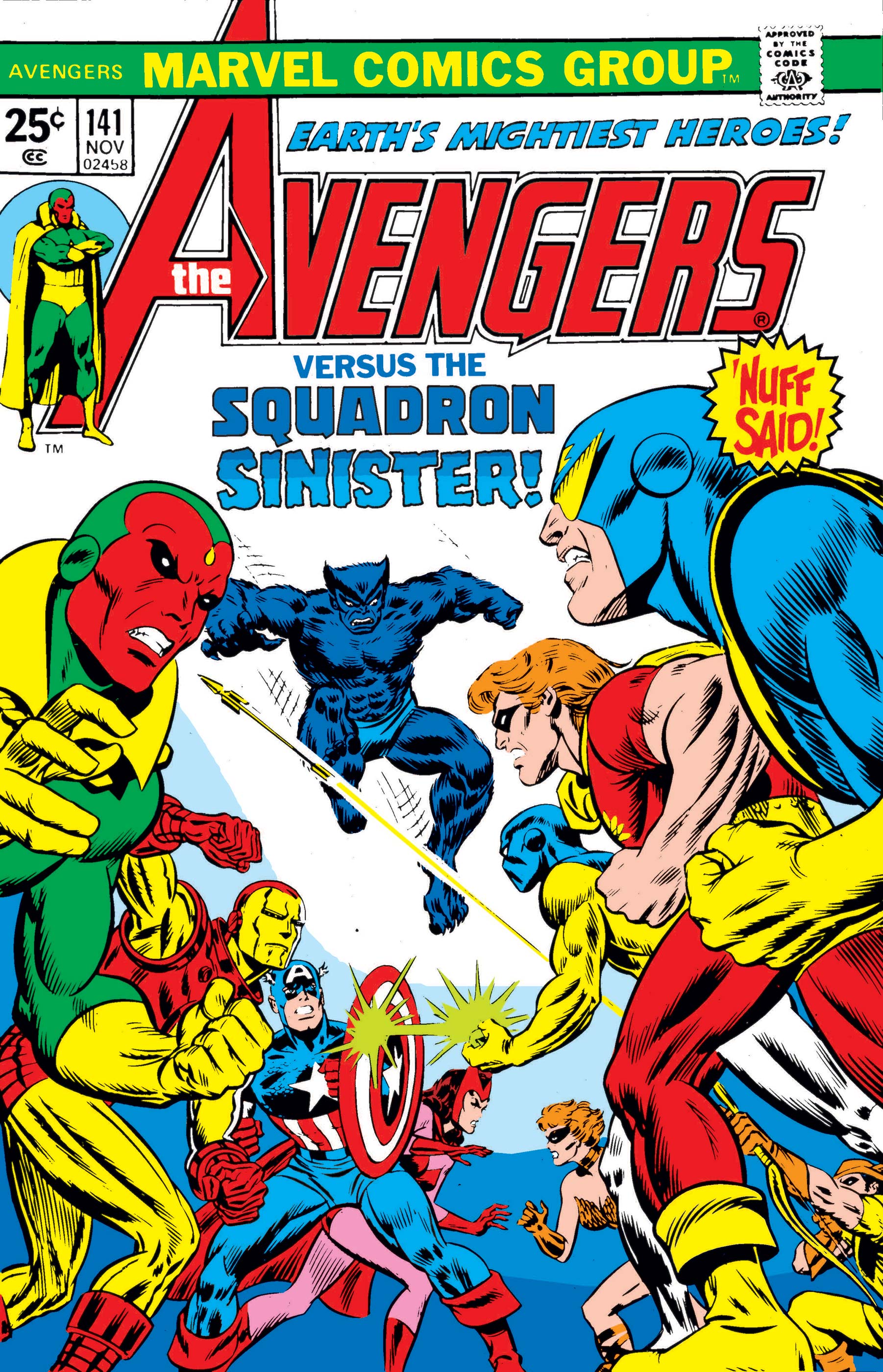
This arc is absolutely sensational (collected in Essential Avengers #7, which is expensive and hard to find, but still cheaper than tracking down the original issues) with writer Steve Englehart cruising on all cylinders and a young George Pérez making his artistic debut. Pérez’s layouts were like nothing seen since Gene Colan’s prime. Issue #147 ranks as one of my all-time favorite single issues as it showcases not only the Vision’s battle prowess, but his love for his then-wife Wanda, the Scarlet Witch. Pérez’s art is simply outstanding, and even Vinnie Colletta‘s inks add a nice rawness to every scene in the issues he inks (#s 141, 142, 147).
What’s funny throughout this arc is that Englehart and his editors couldn’t keep the Squadron Supreme and Sinister straight. Avengers #141’s iconic cover uses “Sinister,” yet inside the Whizzer specifically tells the Avengers “That’s Supreme, Avengers, not Sinister — just so you know who’ll creamed you!” And Iron Man at least twice references his own battle with the Sinister’s Dr. Spectrum (Iron Man #s 63-67) thinking the Supreme’s Dr. is the same dude!

As the Squadron rethought their backing of the autocrats which ran their world (thanks to a speech by the Beast disguised as that USA’s President Nelson Rockefeller in Avengers #148), the Overmind of that reality soon began his clandestine subversion of the USA’s leadership (including Nighthawk’s alter-ago Kyle Richmond, who was elected president). As detailed in Defenders #112-115, the Overmind takes control of the Squadron, which then takes over the world … and then seeks to expand into space.
Once the Overmind is defeated, the entire planet is in chaos, and the Squadron does its best to thwart further disaster. This entire tale is told in Mark Gruenwald’s superb Squadron Supreme (12-issue) Limited Series from the mid-1980s. The SS decides to become benevolent dictators in order to bring order to a world in anarchy, but it leads to a rift in the team. The climactic battle in issue #12 actually leads to several deaths, as well as the end of the SS’s so-called Utopia Program. The series also includes terrific tie-ins including the Squadron Sinister’s Hyperion, and our reality’s Captain America.

In the hard-to-find Death of a Universe graphic novel, the remaining Squadron members have to deal with the ultra-powerful Nth Man who came from our prime (616) Marvel reality, specifically the pages of Marvel Two-in-One. The battle against the Nth Man leads to still more Squadron members’ deaths, but ultimately the mystically powered infant of the team’s Arcanna becomes the Nth Man in order to save reality from destruction. In the process, however, the Squadron is shunted back to our dimension where they’re marooned for some time.

Shacking up at Project Pegasus, the Squadron assists Quasar in a few adventures (Quasar #13-17), and eventually end up in yet another conflict with the Avengers as, yes, they become mind-controlled again (via the Corruptor). In the early issues of “Heroes Return” Avengers (volume 3 #5-6), writer Kurt Busiek masterfully channels the classic Englehart arc, and George Pérez returns as penciller. Busiek’s story culminates in the Avengers/Squadron Supreme Annual 1998 where both teams battle the giant Imus Champion, first seen in Avengers #109.
After Champion’s defeat, Iron Man discovers the villain had an “Nth projector” which is used to send the Squadron back to their proper reality. Upon arrival, Hyperion immediately senses something is amiss, and indeed it is; in their sudden absence following the events of Death of a Universe, a “Global Directorate” of powerful interests assumed control of the globe and established a fascist-like state. In New World Order, the Squadron battle the forces of the Directorate … and a reader may find it’s hard not to blame the Directorate for taking over.

Consider: The Squadron previously became the lackeys of corporate/government interests (Avengers #141-148), then were controlled by the Overmind, then became dictators themselves, then just suddenly disappeared after the battle with the Nth Man. Why would people trust them?? Apparently they did — eventually — as told in the pages of The Exiles (#77-78) where the Squadron had defeated the Global Directorate and had a new government elected. However, the Exiles reveal to the SS the new government achieved power through massive vote fraud, and so both teams work together to oust them.
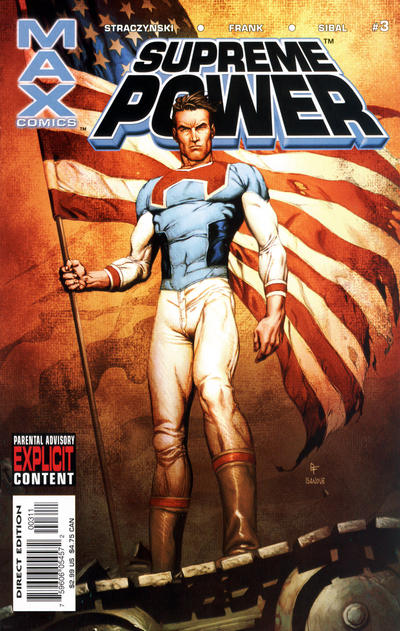
Around this time Marvel began not giving a sh** about continuity, and use of the Squadron went off the rails. There was a “grittier” version attempted by writer J. Michael Straczynski called Supreme Power, which was then followed by (a related) new Squadron Supreme. Straczynski’s team bears little resemblance to Roy Thomas’, and by this point in time the supposed “edginess” of the new version was just plain boring.
Its only saving grace was Gary Franks’ artwork.
***






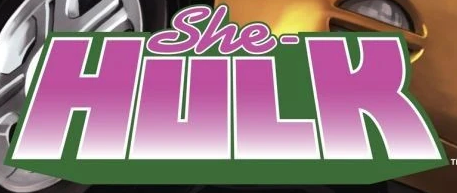
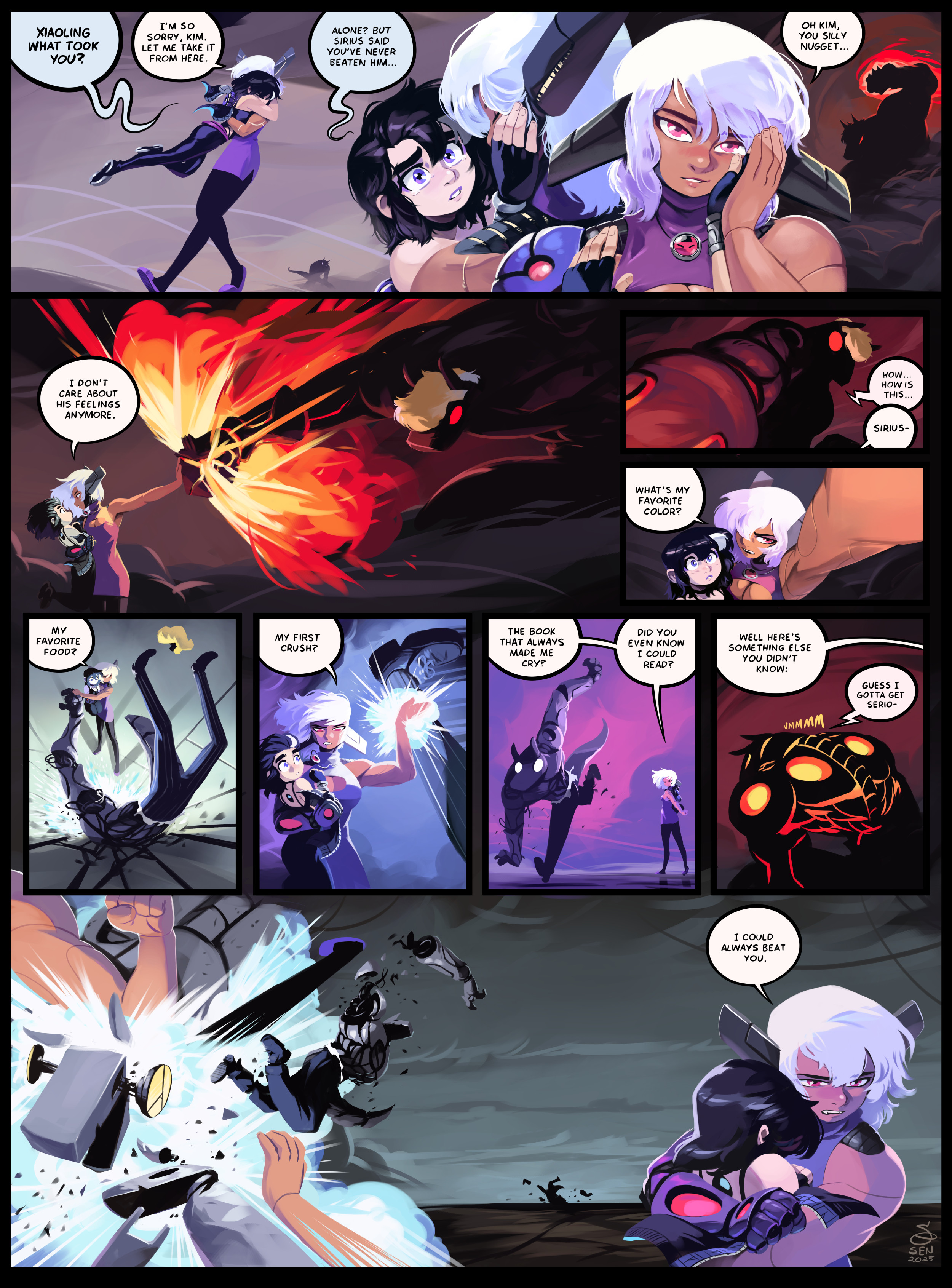
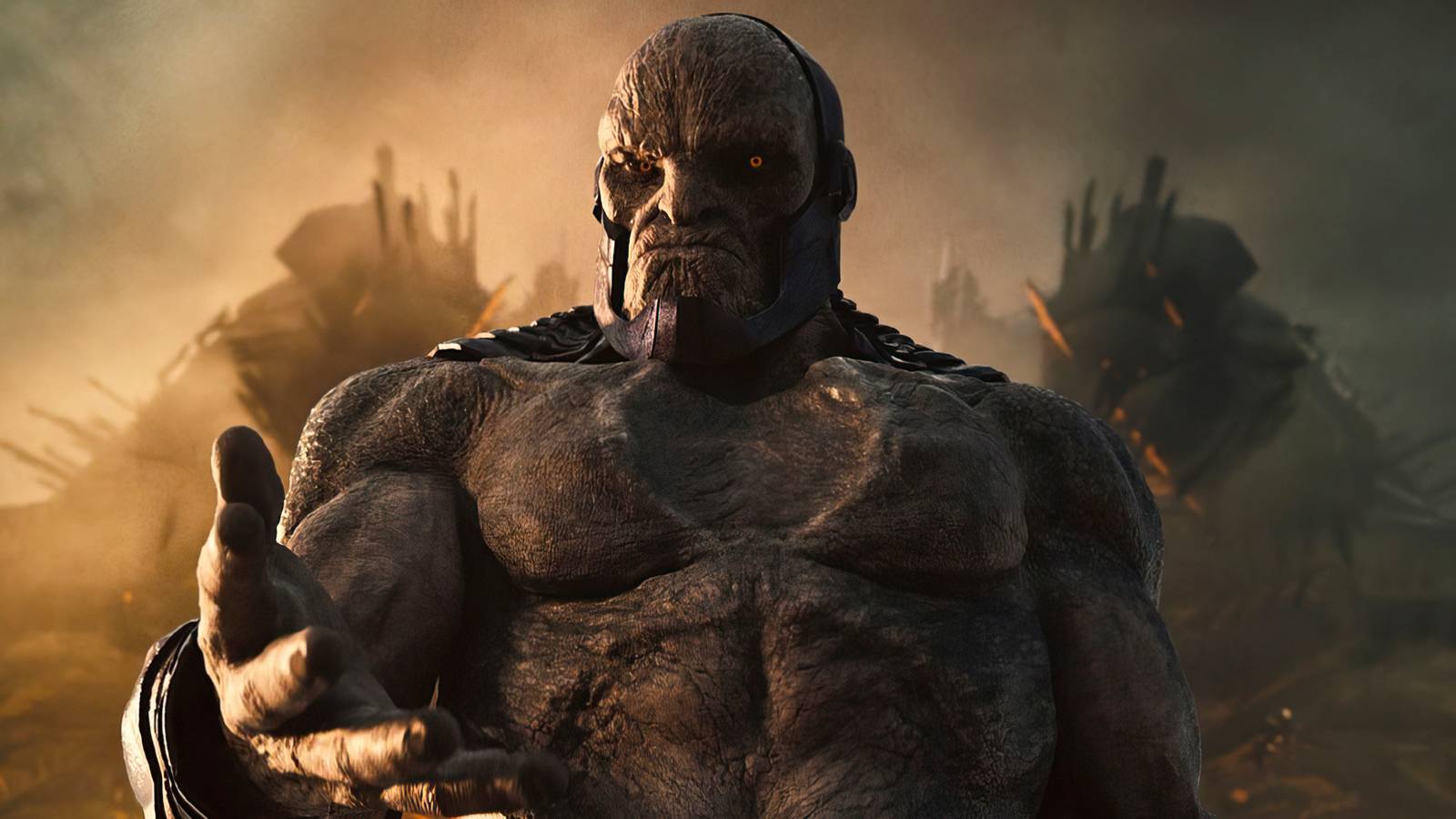

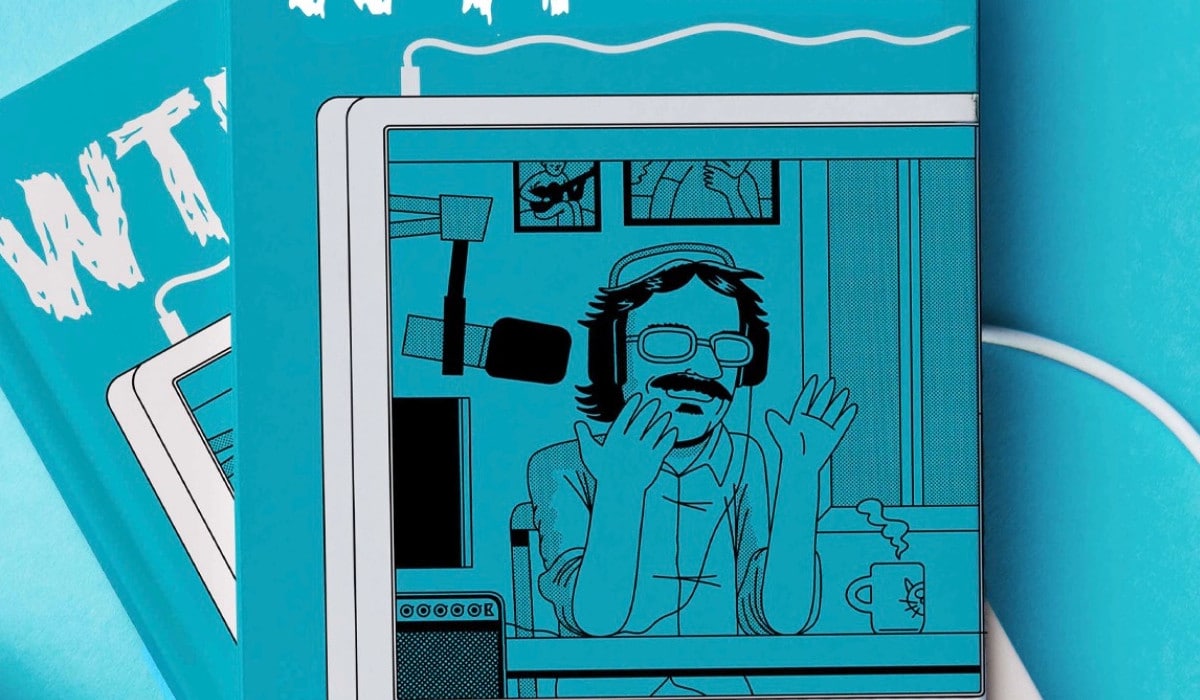

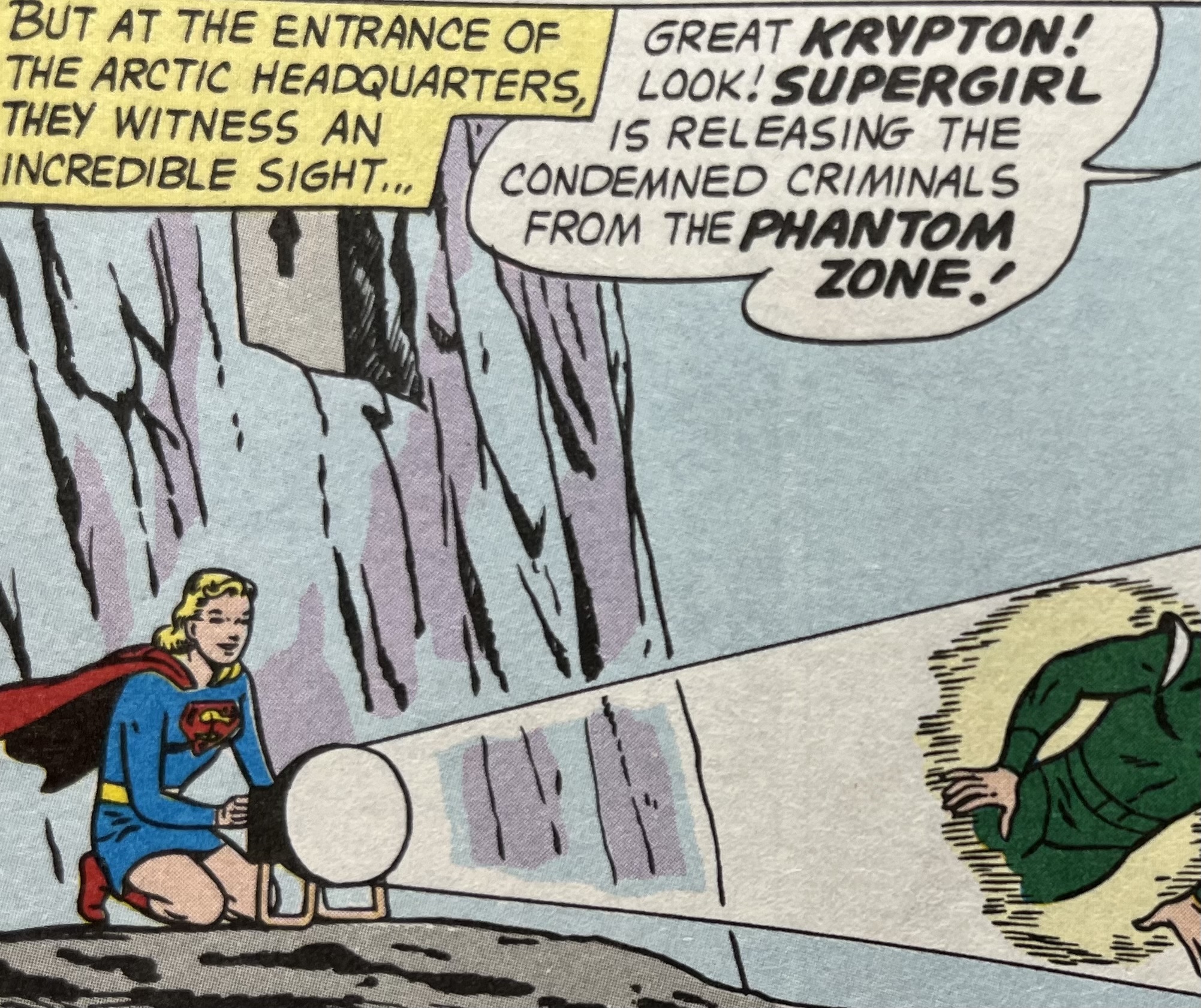






 English (US) ·
English (US) ·